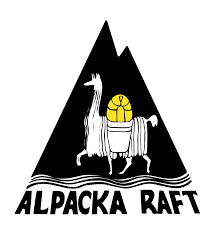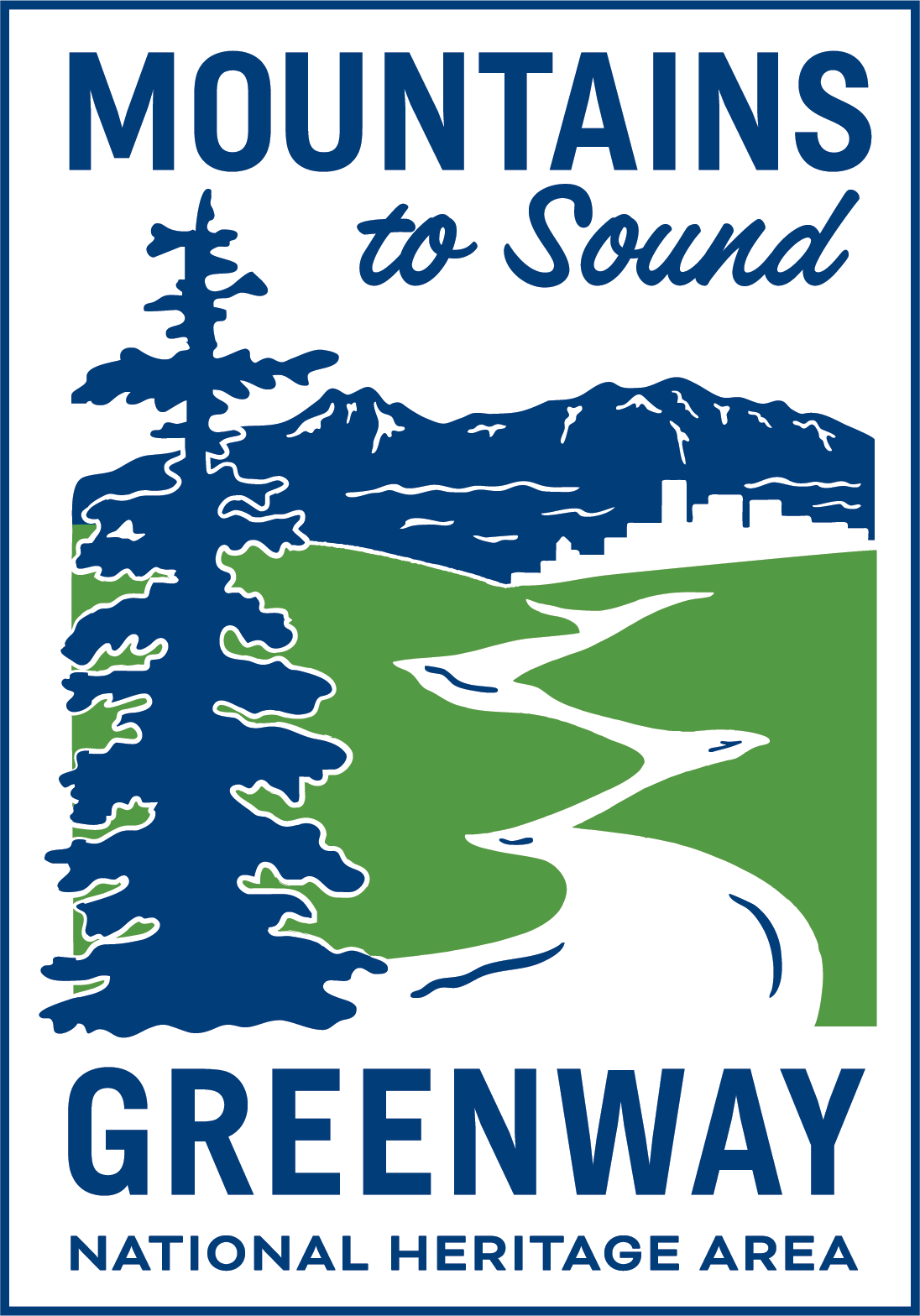Photo of Bald Eagle along Skagit River, courtesy of Firetalker PR, Seattle.
We don't really know what to say about these past couple months, but they have been amazing. Water flows at record levels, almost zero snowpack in the mountains, and more Eagles than we have seen in years. It's one for the books, that's for sure.
Last weekend we went out for what would normally be one of our last Eagle Watching trips on the Skagit River. But instead of seeing a drop in Eagle population we saw more than we did the previous week. The count on Saturday, January 31st, was 39 Eagles on our 9 mile section; that is more than we saw last year in the middle of the season.
The Bald Eagle Season usually runs from December to the end of January, and while a few guests like to visit the river on into February, there typically are not enough Eagles to justify it for many of our more passionate photographers. This year is different, as the weather has improved and the Eagles have maintained the same numbers now for approximately 3 weeks, we expect there to be plenty of Eagles into the first two weeks of February. To book your Eagle Trip please call us at (360) 510-1243.
Why are there so many Bald Eagles on the Skagit?
Bald Eagles are incredibly unpredictable. The Forest Service does a great job of tracking the birds and actually did a test where they attached beacons to several Bald Eagles in order to interpret the results and analyze migrations patterns.
The Reality of Nature: Salmon come to the Skagit River to preserve the species and create new life through spawning. This amazing process can be witnessed on our trips. The Salmon come to spawn, but they also come to the river to die.
Skagit River Bald Eagles generally migrate to the river corridor from British Columbia; they travel south to the Skagit and often times will continue as far south as the Medford, Oregon area. Bald Eagles travel in pairs, as couples, and as small families. Often times the pairs (who mate for life) will split up to find the best feeding areas, then they reconvene at a predetermined place. The Eagles have remained in the Skagit River corridor for longer durations, and it appears it has been selected by many groups of birds as the premier hunting location for their migration this year.
The Bald Eagles tend to travel to wherever the food is, so as long as the Skagit has fish to feed on, the Eagles will likely remain. We have witnessed a few other food sources as Bald Eagles occasionally feed on SeaGulls as well as other small animals; but make no mistake, their primary food is the Salmon.
The high concentration of birds can be explained by the Chum Salmon run, which was especially strong this year, with about 70,000 fish compared to approximately 10,000 last year. The Chum Salmon come up river to spawn in November and December, where they lay their eggs and intentionally die near their reds (spawning beds) so that their decaying bodies can remain as proteins which can then be consumed by the newly hatched salmon fry. This amazing cycle of life can be witnessed along the Skagit River in the early part of December, when the Salmon are still swimming around and spawning at the bottom of clear deep pools.
Bald Eagles, contrary to popular belief, very rarely pull live fish from the river. Most of the time you see the eagles waiting in trees for the fish to wash ashore, where they then feed on their perfectly plump bodies. Bald Eagles can lift approximately 6 lbs. into the air, so they can snatch smaller salmon out of the river, but why do that when you can just wait for the opportune time? Eagles are incredibly calorie efficient hunters, and tend to waste as little energy as possible, so when there are giant dead salmon carcasses on the banks, they usually camp out on tree limbs and watch over their prey protectively, waiting to get hungry again while they seemingly pose for amazing photographs on the river.
The sunlight has also returned to the river corridor and El Dorado peak has come out to show itself. This mountain towers over the river system and lights up majestically as the sun sets and glistens from the glaciers all along it's western face. The Skagit is commonly overcast this time of year, but the past few days have been spectacularly clear, making for even better photo opportunities.
Photo of Skagit River during a Triad River Tours Eagle Watching trip courtesy of Firetalker PR, Seattle






















